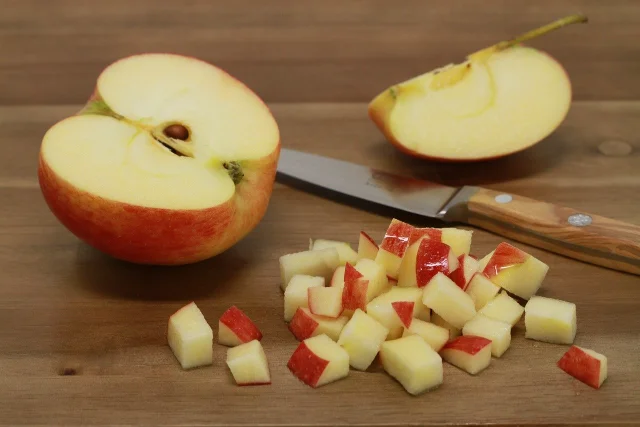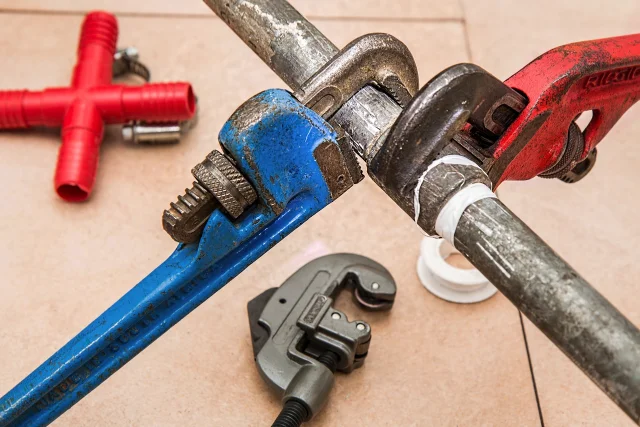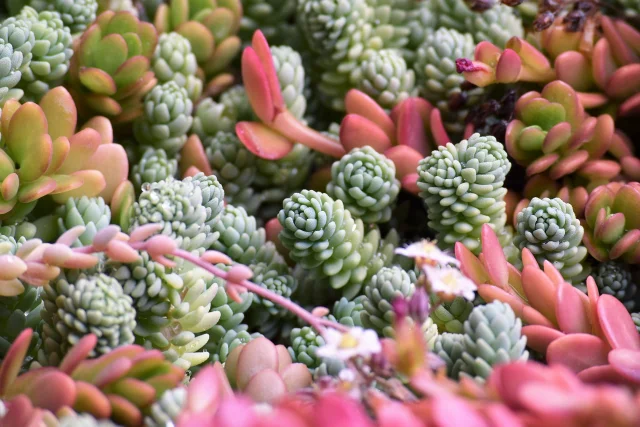As the weather warms up, so does the activity of pesky gnats in our homes. These tiny insects can be a huge nuisance, but fear not! With a handful of household items and simple strategies, you can effectively banish gnats from your living space. From natural repellents to traps, our guide on the top 7 simple ways to get rid of gnats will help you reclaim the comfort of your home. Keep reading to discover practical and eco-friendly solutions to keep gnats at bay.
Key Takeaways
- Apple Cider Vinegar Trap is a tried-and-tested method to lure and trap gnats effectively.
- Sticky Fly Traps offer a no-mess solution to capture gnats and can be placed discreetly around the home.
- Neem Oil is a natural insecticide that can deter gnats, especially those infesting your plants.
- Food-Grade Diatomaceous Earth is a non-toxic powder that dehydrates and kills gnats upon contact.
- Regular Drain Cleaning and Plant Maintenance are crucial preventative measures to eliminate gnat breeding grounds.
Top 7 Ways to Get Rid of Gnats
1. Apple Cider Vinegar Trap

The Apple Cider Vinegar (ACV) trap is a popular and effective DIY solution for getting rid of gnats in your home. The trap utilizes the strong fermentative smell of ACV to attract gnats, which are then unable to escape once they enter.
To create your own ACV trap, simply follow these steps:
- Fill a jar halfway with apple cider vinegar, which gnats find irresistible.
- Add a drop of dish soap to break the surface tension, ensuring that gnats are trapped more effectively.
- Cover the jar with plastic wrap and secure it with a rubber band, making sure it’s tight.
- Poke small holes in the plastic wrap to allow gnats to enter but not escape.
This method is not only easy to set up but also safe for use around pets, providing a non-toxic way to deal with gnat infestations. For enhanced attraction, consider adding a piece of overripe fruit to the jar. Whether you’re battling fruit flies or gnats, the ACV trap can make a noticeable difference in your home.
2. Sticky Fly Traps
Sticky fly traps are a popular and effective method how to get rid of gnats in your home. These traps utilize a simple yet powerful mechanism: they attract gnats with a sweet or fermentative substance and then trap them on an adhesive surface, preventing their escape. They are usually sold in different formats, such as cards, sticks and strips.
Sticky traps are easy to use and can be placed in various locations where gnats are seen, such as kitchens, bathrooms, and near trash cans.
You can place them in the area or location where gnats are most persistent, such as corners, plants and garden areas. Once installed, verify occasionally if they are still active, i.e., they are not completely covered by gnats already.
Remember, these traps are safe for use around people and pets when used as directed. They offer a mess-free solution to your gnat problem without the need to handle insects or deal with sticky residues.
3. Neem Oil
Neem oil is a natural and effective way to combat gnats in your home. Apply neem oil directly to the soil of your houseplants to target the larvae, which are often the root cause of gnat infestations. Neem oil works by disrupting the life cycle of the gnats, preventing them from maturing into adults.
To use neem oil effectively, follow these simple steps:
- Mix neem oil with water as directed on the product label.
- Apply the mixture to the soil, not the plant leaves.
- Repeat the application every 2-3 weeks for best results.
While neem oil is a potent gnat deterrent, it’s important to use it responsibly. Overuse can harm beneficial insects and plants. Always follow the manufacturer’s instructions for the correct dilution and application frequency.
Remember, neem oil is just one part of a comprehensive gnat control strategy. Regularly inspect your plants for signs of gnats and combine neem oil with other methods listed in this article for a gnat-free home.
4. Food-Grade Diatomaceous Earth
Food-grade diatomaceous earth is a natural, non-toxic powder that can be a highly effective treatment to get rid of gnats in your home. It works by dehydrating the insects upon contact, including both larvae and adults.
To use diatomaceous earth against gnats, follow these simple steps:
- Ensure the area is dry, as diatomaceous earth loses effectiveness when wet.
- Lightly sprinkle the powder over areas where gnats are prevalent, such as soil of houseplants or near garbage bins.
- Leave the powder for a few days, then clean up and reapply as needed.
Remember, while diatomaceous earth is safe for humans and pets, it’s best to avoid inhaling the fine dust.
Regular application of food-grade diatomaceous earth can help control gnat populations organically, without resorting to harsh chemicals. It’s a versatile solution that can be used in various areas of your home.
5. Cinnamon

Cinnamon isn’t just a staple in the kitchen; it’s also an effective way to keep gnats and other pests at bay. The strong scent of cinnamon is unappealing to gnats, making it a natural deterrent. To utilize cinnamon’s pest control properties, consider the following methods:
- Mix a few drops of cinnamon bark oil with water and spray it around the house, especially on beddings, carpets, and furniture.
- Sprinkle ground cinnamon at potential entry points or areas where gnats are prevalent.
- For a broader effect, diffuse cinnamon essential oil or light cinnamon incense sticks to spread the scent throughout your home.
Cinnamon not only helps in controlling gnats but also improves your home’s air quality with its pleasant aroma. Remember, consistency is key when using natural repellents like cinnamon.
While cinnamon can be a safe and natural way to deter gnats, it’s important to use it correctly to avoid any potential mess or waste. Always start with small amounts and increase as needed based on the results.
6. Drain Cleaning

Gnats often find a breeding ground in the dark, moist environments of our home drains, where decomposing waste provides an ideal habitat. Regular drain cleaning is crucial to prevent these pests from taking over your bathroom and kitchen.
To effectively clean your drains and deter gnat infestations, consider the following steps:
- Rinse drains regularly with hot water to flush out residue.
- Use a drain cleaner that is suitable for the specific area, such as the bathroom or kitchen.
- For a natural approach, pour vinegar down the drain to kill and flush out insect eggs.
- Schedule an annual professional pipe cleaning to prevent clogs and insect breeding.
Avoid using harsh chemical cleaners as they can damage your pipes and potentially harm your water source. Instead, opt for enzymatic solutions like Bio-Clean or natural repellents that are specifically designed to target gnats and are safe for use in septic systems.
Keeping your drains clean not only prevents gnat problems but also contributes to the overall hygiene and maintenance of your home.
Remember, a proactive approach to drain maintenance can save you from the frustration of a gnat infestation. Start incorporating these simple steps into your cleaning routine and enjoy a gnat-free home.
7. Plant Maintenance

Keeping your houseplants healthy is a natural way to combat gnat infestations. Regularly inspect your plants for signs of stress or pests, as a healthy plant is less likely to attract gnats. Here are some simple steps to maintain your plants and prevent gnat problems:
- Ensure proper lighting according to the plant’s needs.
- Avoid overwatering, which can create a breeding ground for gnats.
- Prune dead leaves and debris to eliminate potential gnat habitats.
- Use sterile potting soil to prevent introducing gnats or other pests.
By creating an unfavorable environment for gnats, you can keep your plants and home gnat-free.
Additionally, consider the snippet from a web source: Sprinkle a layer of sand over the soil to keep gnats from laying eggs. This method is effective because gnats are deterred by the dry and rough texture of sand, making it a hostile place for them to lay eggs.
Conclusion
In the battle against gnats, your home can emerge victorious with the simple and natural methods we’ve outlined. From ensuring your plants are healthy and your potting media is properly composted to setting up DIY traps and using everyday household ingredients, these strategies are designed to be effective, eco-friendly, and easy on the wallet. Remember, consistency is key, and with a little patience, you can enjoy a gnat-free environment.
Frequently Asked Questions
How can I prevent gnats from infesting my plants?
Prevent gnats from infesting your plants by removing plant debris, avoiding overwatering, using well-composted potting media, and ensuring your plants and their roots are healthy to prevent fungus gnats.
Are there any DIY traps I can make to catch gnats?
Yes, you can make a DIY trap by using a plastic bottle to create a homemade fly trap or by mixing Dawn dish soap with apple cider vinegar in a bowl to attract and trap gnats.
Does cinnamon repel gnats and other insects?
Cinnamon is known to repel gnats and other insects. It can be used around the home in areas where gnats are a problem to help deter them.
How do I get rid of gnats if they’re not attracted to traps or Neem oil?
If gnats are not responding to traps or Neem oil, you might need to clean out your drains or check for other issues such as rotting plant roots or excessive moisture in the soil.
Can I use eco-friendly products to get rid of gnats in my home?
Absolutely! Eco-friendly and sustainable options like Neem oil, food-grade diatomaceous earth, and homemade traps are effective against gnats while being safe for the environment.



